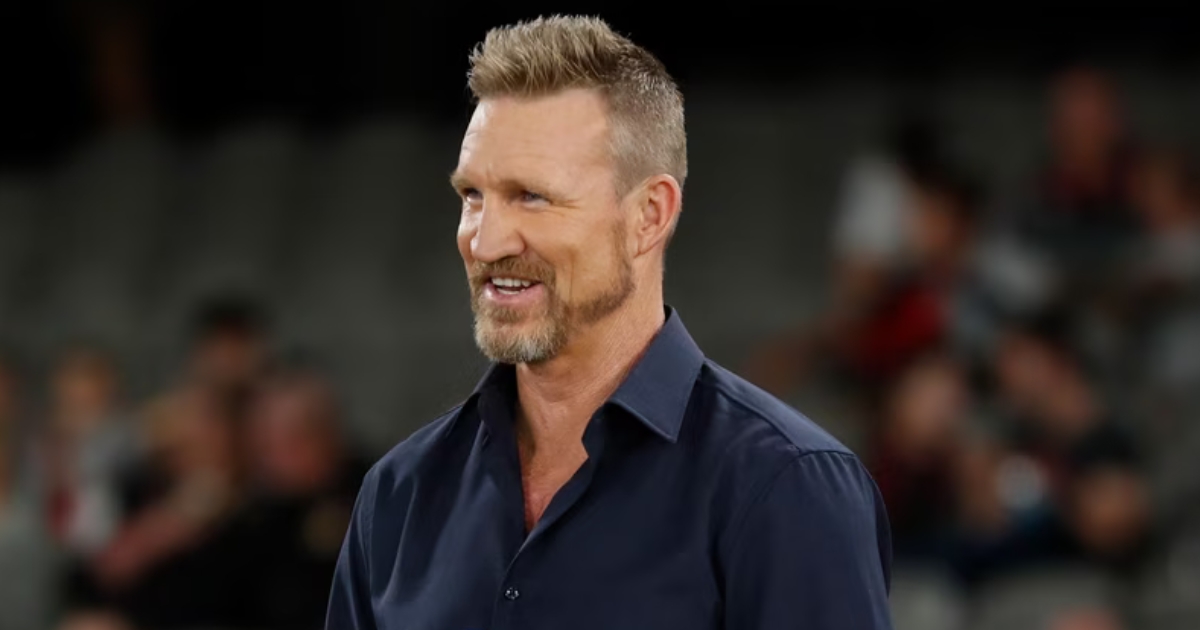Budget looks to reshape state
BY BENITA KOLOVOS/ AAP
TREASURER Tim Pallas is capitalising on a “rare opportunity” to reshape Victoria, spending almost $50 billion to power the state out of its COVID-induced recession.
In his sixth budget, dubbed “Putting People First”, Mr Pallas borrows up big, with plans to spend $49 billion over four years to stimulate the state’s economy and create some 400,000 jobs in five years.
The government sets a “deliberately ambitious” target of creating 200,000 jobs by the end of 2022 and 400,000 by 2025.
“We are borrowing to make the necessary investments to drive a quicker and stronger recovery,” Mr Pallas said on Tuesday.
“And as Victorians get back to work and the economy recovers, we fully expect our budget position will strengthen. That is why our focus is on getting Victorians back to work.”
A $619 million Jobs For Victoria scheme will help those most impacted by the pandemic – women, young people and those without a formal qualification – find work.
It includes $250 million to partner with employers to subsidise the wages of at least 10,000 workers. At least $150 million of the subsidy support will go towards employing women, and $50 million of that to women aged over 45.
About $1 billion will be spent on TAFE, including up to 80,000 new subsided courses linked to jobs in health, community and disability services.
A New Jobs Tax Credit will be provided to encourage small and medium-sized businesses to rehire staff, restore hours and create new jobs.
Eligible businesses will get a tax credit of 10 cents for every dollar they increase taxable wages, at a cost of about $836 million.
The Government is also offering stamp duty waivers for those looking to buy a home before 30 June.
Thousands of jobs will be also created as part of the unprecedented infrastructure investment, including $5 billion in funding for the new airport rail link, $2.2 billion for the suburban rail loop and $2 billion for fast trains from Geelong to Melbourne.
About $1.6 billion will also be spent on improving energy efficiency across the state, including $540 million to establish six new Renewable Energy Zones and $797 million to help lower-income families pay their energy bills.
About $9 billion will be spent on health services and infrastructure over four years, including $2 billion to build, expand and modernise hospitals across the state.
The government has also committed $5.6 billion to schools and early childhood education, including $1.6 billion to support students with a disability and free kinder.
The unprecedented spend will plunge the budget into a $23.3 billion deficit in 2020/21, $13 billion in 2021/22 and $6.7 billion in 2022/23.
Net debt will hit $86 billion this year before growing to an eye-watering $154.8 billion in the 2023/24 financial year.
Almost 200,000 Victorians have lost their jobs since the pandemic took hold in March, while economic output has dropped by four per cent.
State tax revenue has also fallen 11.9 per cent compared to 12 months ago.
About $13 billion has been spent to combat the pandemic, with $7.6 billion in business
support.
“We live in uncertain times – but we also have a rare opportunity. An opportunity to reset and to design the future we want,” Mr Pallas said.
“A future where all Victorians – regardless of age or gender – have access to a safe and secure job. A future that repairs the damage, heals the pain and makes us stronger than before.
“After a year of turmoil, this budget is the triumph of hope over fear.”


















